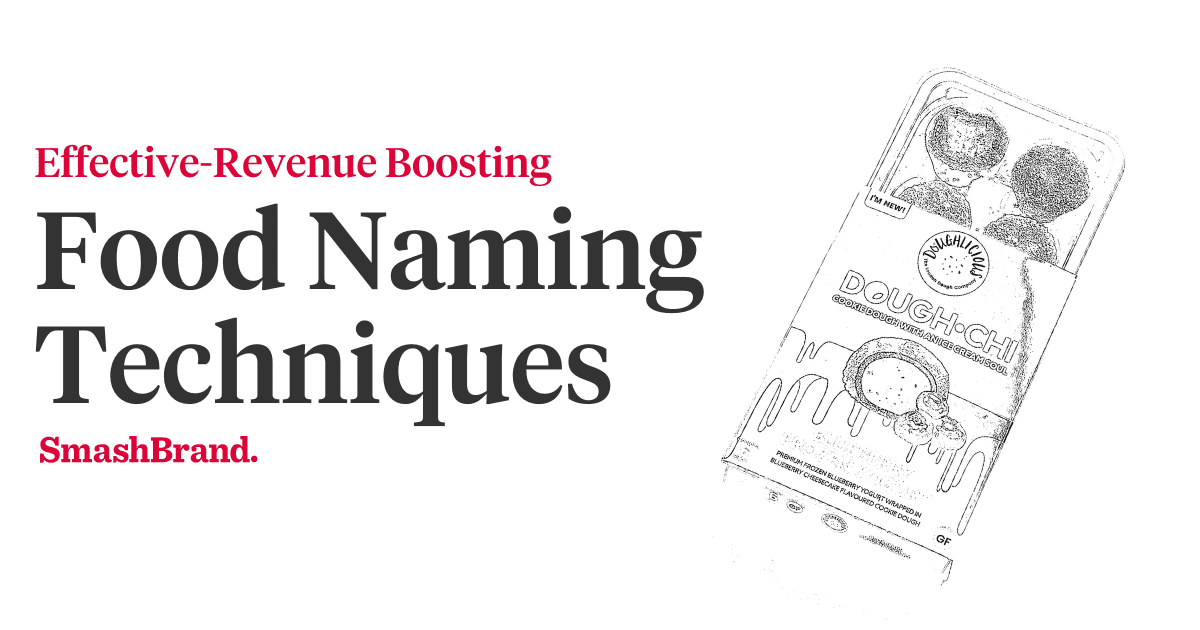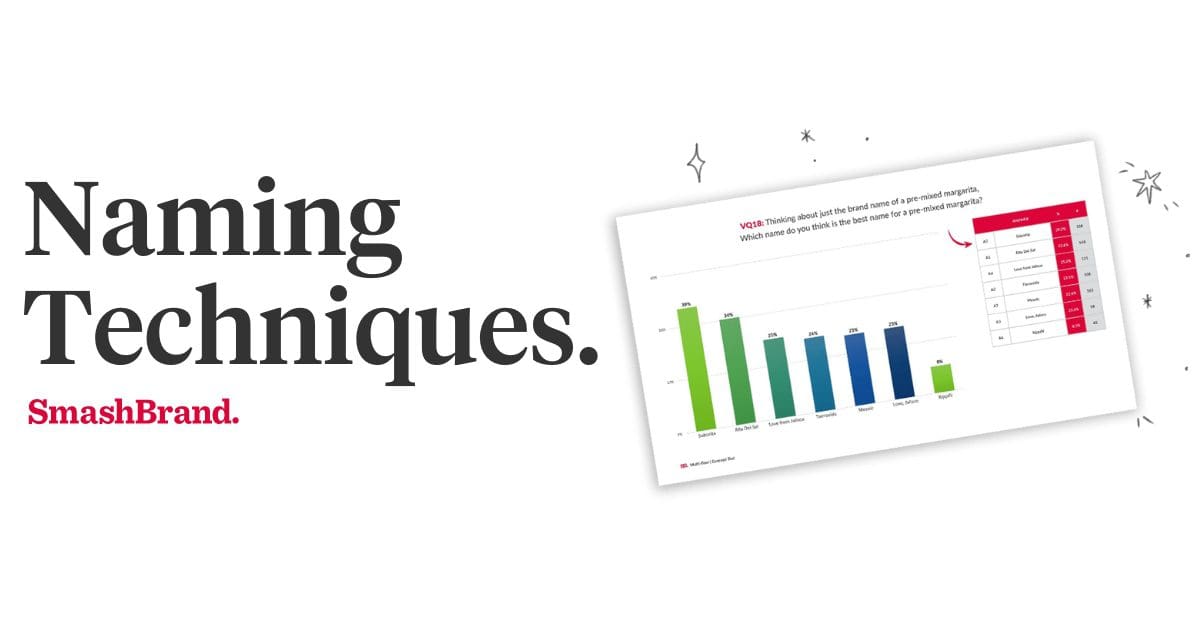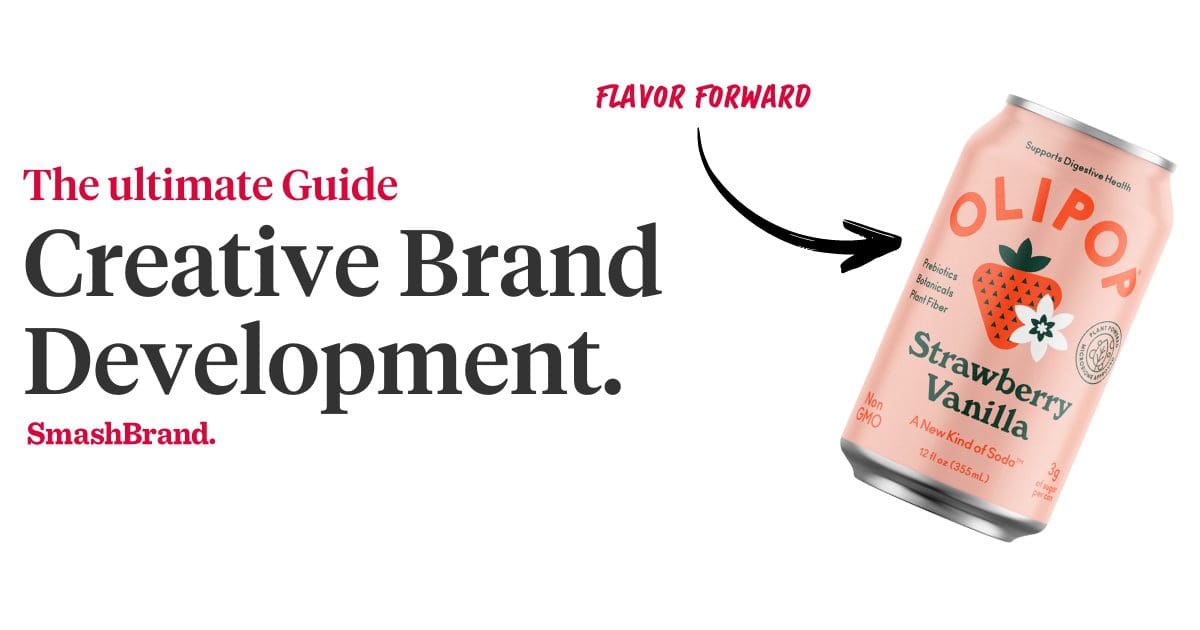Listen to This Article

Old Packaging
To the layperson, packaging evolution can seem arbitrary and even irritating. Everything was fine before; why does my tube of toothpaste have to look like a public bathroom soap dispenser? Why is my sports drink shaped like an extraterrestrial fertility doll? Why should my chip package look like it could survive space travel?
As we get older, consumers seem to get younger and younger, and they’re easily enticed by packaging design that meets their on-the-go, technologically advanced, jet-pack wearing lifestyles. They need a sports drink that can fit into an awkwardly shaped elliptical cup holder and in the cup holder of their 2013 SRT Viper. Their toothpaste dispensers must be equipped with a series of motion sensors. We will need our specially packaged Doritos when invited to an impromptu interplanetary tour with Richard Branson. SmashBrand is a best packaging design agency as compared to other packaging design agencies
Your packaging needs to catch up with the times, dammit. If you insist upon keeping your product packaging the same as it’s been since the late 70’s, you’ll miss out on the opportunities to capitalize on all of the ways you can market your product to a population that is sprinting into the future. When personal flying machines become ubiquitous, who wouldn’t want to produce the only protein shake that can be easily consumed on a hovercraft?
Get your Hands on the SmashReport!
And enter to win a FREE brand diagnosis worth $20,000.
*The SmashReport is a monthly newsletter for FMCG and CPG brands, helping them stand out in the competitive retail marketplace.
Evolution of Consumption
Thirty years ago, there were no such things as automobile cup holders. Even though beverage producers needed to keep their containers reasonably sized so as to fit comfortably in the hand, discourage moderate spillage and to fit on living room coasters, they didn’t have to be wedged into a slot with predetermined dimensions. Fast forward twenty years later, and suddenly soda and water bottles that don’t have a convenient shape aren’t being bought in the same volume as those that do.
Packaging designers have to consider lifestyle changes and innovations when determining the best package for their products, and those changes are happening faster than ever. If you are a snack or beverage producer and your consumer base all ride Segways, your package shouldn’t inhibit their ability to consume your product while mounted atop their faintly ridiculous mode of transportation. If your consumer base all have elaborately manicured and disturbingly long nails, one should be able to consume your product while holding it comfortably between the wrists.
Fads, Trends and Cultural Touchstones
As cool and individualistic as we all try to be, we are nonetheless at the mercy of what the public decides is hip. You may have produced a fabulous product which has no peer, but if some upstart manufactures a similar item with a dazzling and edgy package, suddenly your public will be enticed away to the inferior product, in much the same way jangling keys can hypnotize a dog.
Certain trends affect diverse industries in fascinating ways. Our recent fascination with food, cooking shows, organic produce and exotic delicacies has bled into marketing strategies for products that have nothing to do with food. Beauty products are the most obvious example. There was a time when a hair styling product could be called “gel,” “hairspray” or “pomade,” and the public would instantly know what it was and what it would do. In the last ten or so years, however, people have stopped trusting grooming products due to their petrochemical ingredients, so marketing companies started calling hair products “milk,” “pudding,” “custard,” “smoothie,” “soufflé,” and packaging them in containers that resembled milk jugs or jars of jam. This packaging decision certainly didn’t make the products any more edible, but it gives the consumer the impression (albeit, false) that a person could just as easily eat what they could also use to shampoo their hair.
In summation, we submit that your packaging design — while streamlined, efficient and completely logical — is now boring us to tears. Even though you may have developed what was, at the time, the ultimate package design for your product, eventually it will begin to bore a fickle public. Packaging is like underwear; it must be periodically changed in order to keep a fresh appearance.
Data-Driven Brand Development
Want a best-selling brand? SmashBrand is a brand development agency for FMCG and CPG companies. From brand strategy to packaging design testing, our Path To Performance™ process guarantees a retail performance lift. Book a time to discuss your project with our team.





